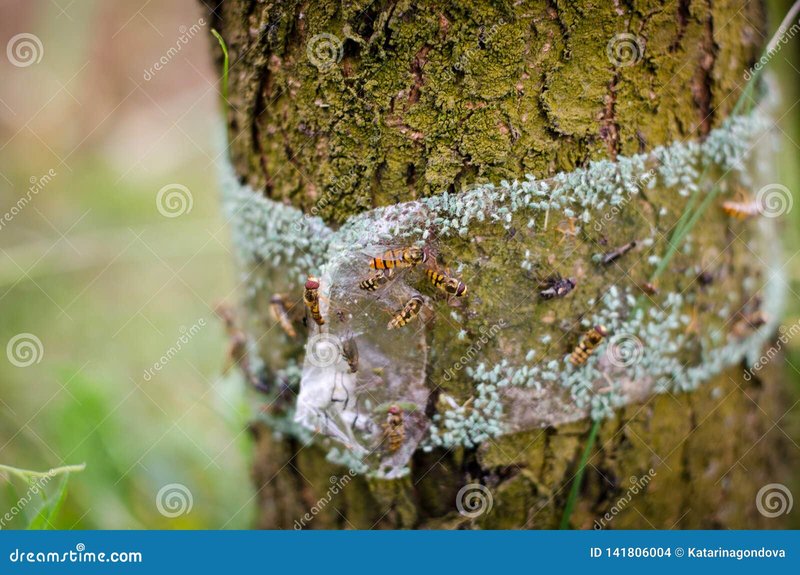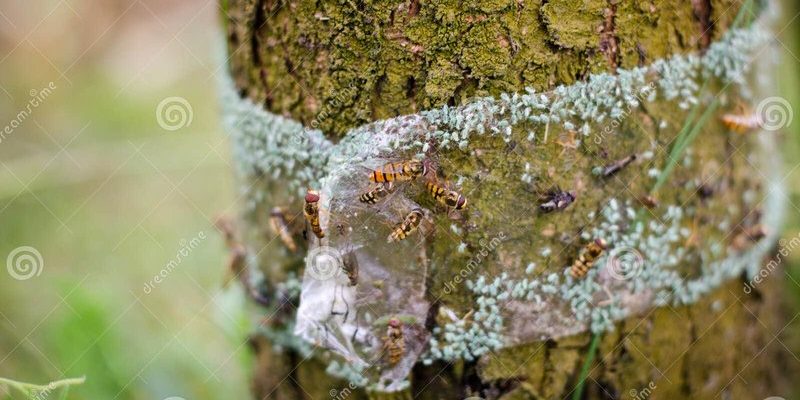
Inchworms, also known as measuring worms, are the larvae of certain moths. They typically blend in with tree branches, making them hard to spot until they’ve done some significant damage. You might be wondering, “What can I do to keep my trees safe without resorting to harsh chemicals?” Well, fear not! There are several effective, natural methods to protect your trees without compromising the environment or the well-being of other creatures in your garden. Let’s dive into some practical and eco-friendly approaches!
Understanding Inchworm Behavior
Before we jump into protection strategies, it’s essential to understand how inchworms operate. These little pests usually go through several stages in their life cycle. They start as eggs, then hatch into the inchworm larvae we recognize. During their larval stage, they love to munch on leaves, and that’s when the damage occurs.
Inchworms can be found in various environments, often targeting trees like oaks, maples, and fruit trees. Their diet consists mainly of leaves, which they strip down, leaving just the skeleton behind. This not only impacts the tree’s appearance but can also hinder its growth and health. What’s more, if the infestation is severe, it could lead to long-term damage or even kill the tree.
Knowing when these pests are active is crucial for tackling the problem. They are notorious for emerging in the spring when trees start to leaf out. Therefore, if you keep a lookout for any early signs of damage in late spring, you’ll be in a better position to act quickly.
Regular Tree Inspections
One of the easiest and most effective ways to protect your trees from inchworm damage is through regular inspections. Just like you might check your car before a long trip, keeping an eye on your trees can help you catch problems early.
Start by inspecting your trees every couple of weeks, especially during the growing season. Look for holes in the leaves or any unusual webbing. If you find these signs, take a closer look—check for tiny green or brown inchworms feeding on the foliage. If you catch them early, you can often remove them by hand. This can be effective, and honestly, it’s pretty satisfying!
If you notice significant damage, it might be wise to consult with a local arborist. They can provide insight into the health of your tree and suggest further protective measures tailored for your situation.
Natural Predators
Did you know that having a healthy ecosystem around your trees can help protect them from inchworms? Yes, that’s right! Attracting natural predators is a fantastic way to keep those pesky inchworms in check.
Birds are among the best defenders in your garden. Many species love munching on inchworms, so the more bird-friendly your space is, the better. You can encourage more birds to visit by putting up birdhouses, feeding stations, and water sources.
Beneficial insects like ladybugs and lacewings can also play a role in managing inchworm populations. Consider planting flowers and plants that attract these helpful creatures. Marigolds, for instance, can deter many pests while also bringing in their natural predators.
Organic Sprays and Solutions
When it comes to protecting your trees, organic solutions can be a game-changer. Several homemade sprays can help deter inchworms without harming your trees or the environment.
Here’s a simple recipe that you might find useful:
- Garlic Spray: Blend a couple of garlic cloves with water and strain the mixture. Put it in a spray bottle and apply it to your trees. The strong scent can repel inchworms.
- Neem Oil: This oil disrupts the feeding habits of many pests, including inchworms. Mixed with water, spray it on your trees according to the packaging instructions.
- Soap and Water Solution: A bit of mild dish soap mixed with water can smother inchworms. Just spray it directly on the pests.
Keep in mind that you may need to reapply these solutions after rain or heavy winds. Regular treatments can help ensure your trees stay protected.
Encouraging Healthy Tree Growth
A robust tree is better equipped to fend off pests like inchworms. If your trees are healthy, they’re less likely to be severely affected by these little critters. Here’s how you can encourage healthy growth:
First, make sure your trees are getting enough water, especially during dry spells. Regular watering can help strengthen their roots and improve overall health. Also, consider mulching around the base of the trees. This not only conserves moisture but also suppresses weeds that might compete for nutrients.
Proper pruning is another vital task. Removing dead or weak branches can improve air circulation and light penetration, which are beneficial for the tree’s health. Plus, it makes it less inviting for inchworms to establish a home!
When to Seek Professional Help
Sometimes, despite our best efforts, the situation may escalate, and that’s okay. If you notice that inchworm populations are overwhelming your attempts to manage them, it might be time to call in the professionals.
Arborists have the expertise needed to assess the condition of your trees and recommend treatments tailored specifically for your needs. They can also help you devise a maintenance plan to prevent future infestations. Remember, it’s much easier to act early than to wait until the damage is done.
Protecting trees from inchworm damage is a balancing act between observation, prevention, and sometimes intervention. With regular inspections, attracting natural predators, using organic solutions, and encouraging healthy growth, you can create a thriving environment for your trees.
By taking these natural measures, you’re not just protecting your trees; you’re nurturing the ecosystem around you. It’s a rewarding endeavor that benefits everyone, from the tiniest insects to the majestic trees themselves. So grab your garden gloves, roll up your sleeves, and get ready to give your trees the love and care they truly deserve!

